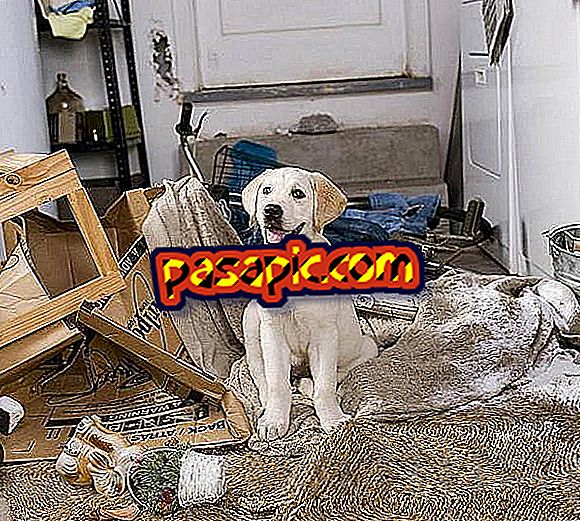How to know what Euro regulations meet my car

Due to the pollution produced by road traffic, more and more attempts are being made to counteract its effects in all possible ways. One of these ways is to legislate to ensure that newly manufactured vehicles meet the standards considered necessary to reduce pollution by their use. In this context, one of the most important regulatory frameworks, at least in the European Union, are the Euro regulations that regulate the type of pollution that produces or stops producing a vehicle manufactured and sold in this territory. In fact, depending on the type of regulations that meet each vehicle, we can find cars that can circulate through certain spaces, in certain circumstances and others that do not. If you're wondering how to know what Euro regulations my car meets, read on and we'll help you solve the problem.
What are the Euro regulations in vehicles
It is denominated of popular form like Euro norm to the norm of the European Union that is in charge to regulate and to classify the characteristics relative to the pollution produced by a motor vehicle .
In this sense, these regulations have been hardening as the years have gone by with the aim of reducing the impact of emissions of greenhouse gases and greenhouse gases into the atmosphere and, today, we can find different Euro standards and that they are applied in different situations depending on the characteristics of the vehicle, such as, for example, if it is a touring vehicle or an industrial vehicle, as well as whether it is a vehicle that runs on gasoline or diesel.
How to know the Euro regulations that my car meets
Responding to your main question, the main form that we recommend you on how to know what Euro regulations my car meets is taking as a reference the year of manufacture, since, the Euro standard, is always applied with a present and not retroactive character. In other words, a vehicle that has an old Euro standard will be able to continue circulating without problems, but a newly manufactured vehicle must always comply with the most up-to-date Euro regulations in force. In this way, depending on the year of manufacture, we can get an idea of the type of regulations to which a car belongs.
In this way, we can take as reference the following table when it comes to passenger cars:
- Euro 1: July 1992
- Euro 2: January 1996
- Euro 3: January 2000
- Euro 4: January 2005
- Euro 5: September 2009
- Euro 6: September 2014
One of the most important aspects that we have to take into account when considering one regulation or another is the difference between gasoline and diesel vehicles . Although, as we can see in the table above, the regulations apply at the same time for all cars, regardless of the type of fuel they use, it is important to know that there are differences between one and the other.
In this way, the same regulation makes a distinction between the amount of gases that a car can emit depending on whether it is a gasoline or a diesel. For example, if we take as reference the Euro 6 standard of September 2014, we will see that the amount of carbon monoxide (CO) that a diesel vehicle can emit is only 0.50 g / km, while in the case of vehicles petrol, with this same standard, could reach up to 1.0 g / km, that is, double.

Why are European standards for the reduction of polluting gases important?
It must be taken into account that this type of regulation obliges manufacturers to make vehicles that are much more respectful with the environment and with human health itself. Polluting emissions from gasoline and diesel vehicles not only negatively affect climate change by constituting greenhouse gases. But they are also related to a multitude of chronic diseases that can range from asthma to some of the most dangerous cancers, such as lung or larynx. For this reason, it is important that the regulation and development of vehicles tend to reduce the emission of this type of harmful and highly harmful gases.
Although the best known gas of all when it comes to promoting the greenhouse effect is carbon dioxide (CO2), motor vehicles emit many more gases than simple carbon dioxide. In fact, some of the most harmful and regulated by the different Euro regulations are nitrogen oxides (NOx) and carbon monoxide (CO). In addition, European standards also regulate emissions of hydrocarbon gases (HC), so, as you can see, this is a fairly complete and strict regulation in this regard.
Learn more about this environmental problem with this other article on the consequences of pollution for health.



